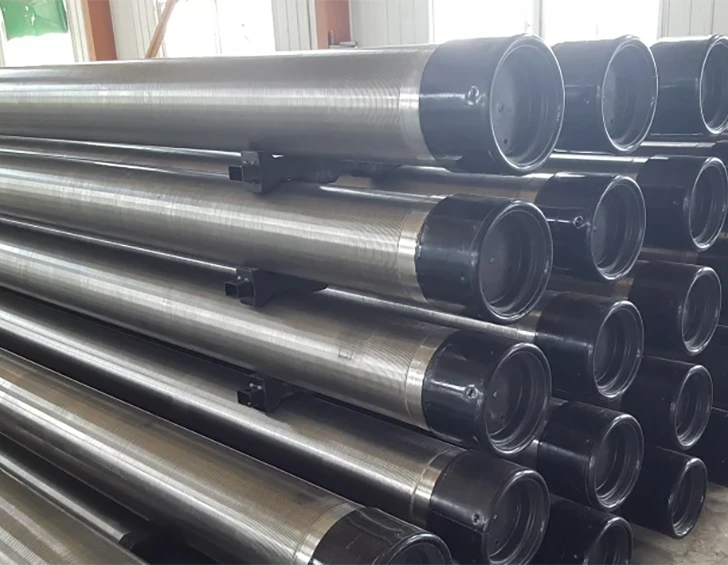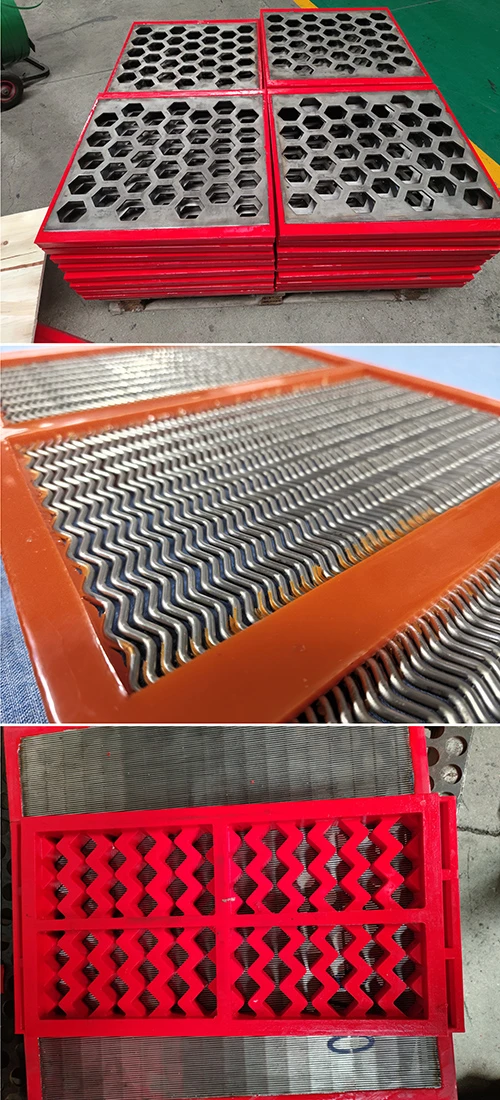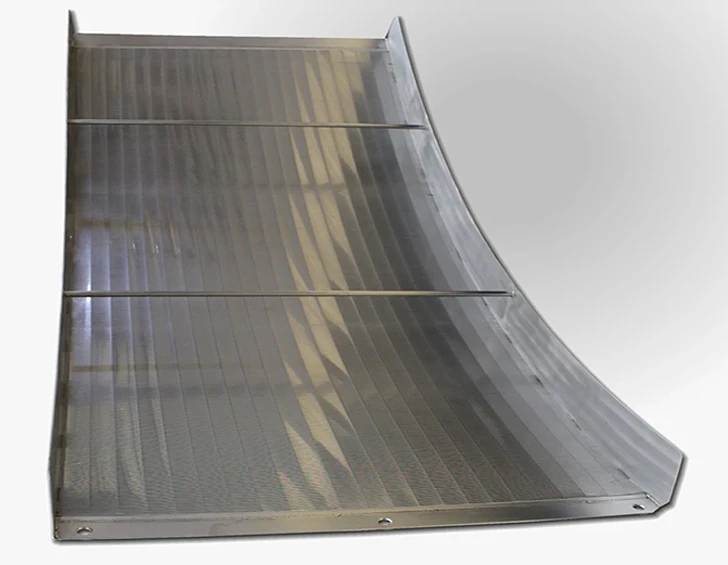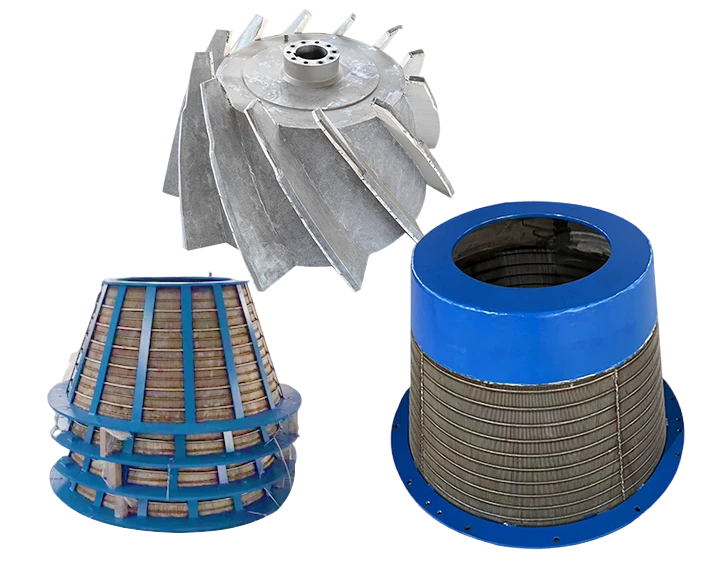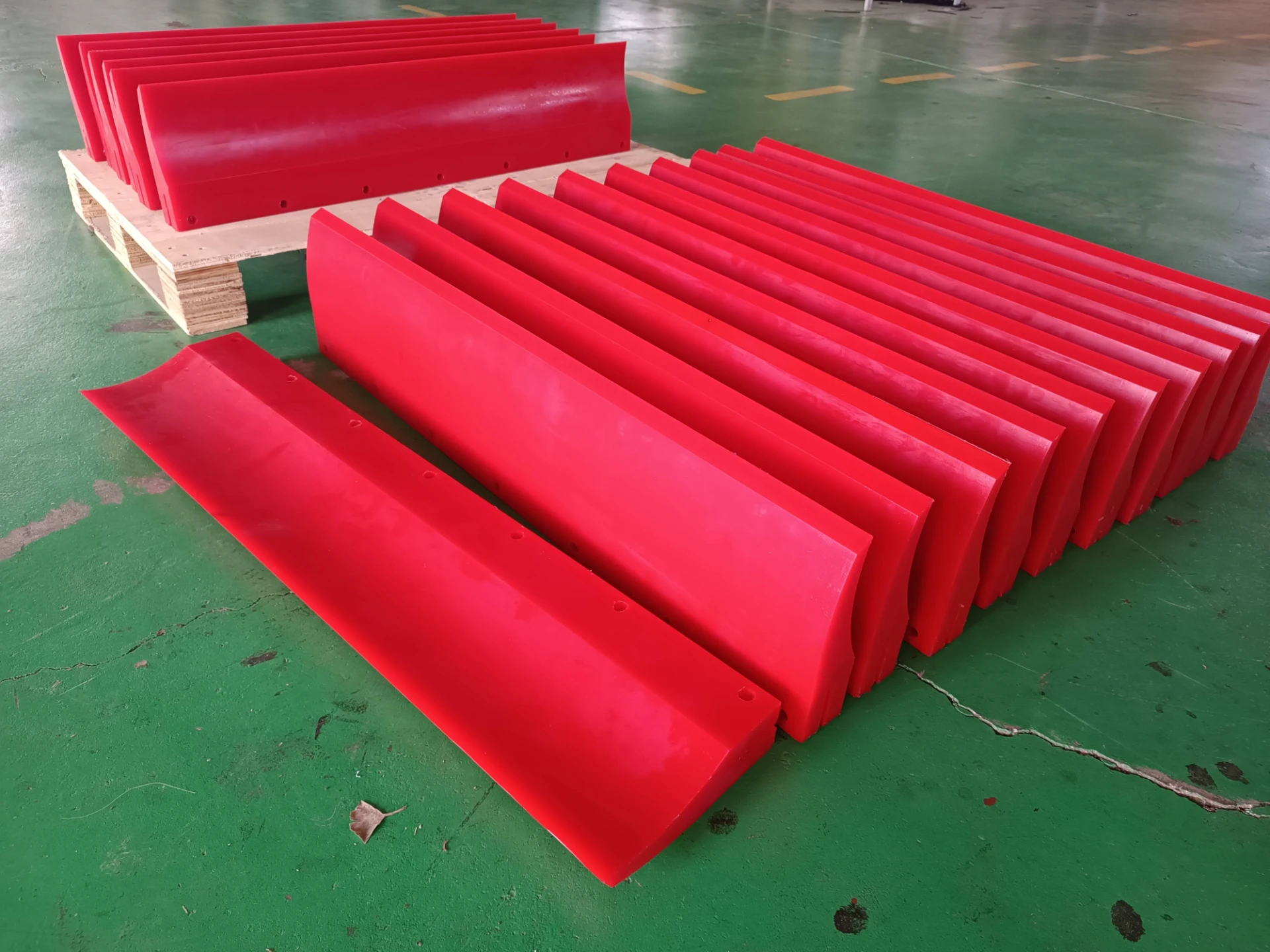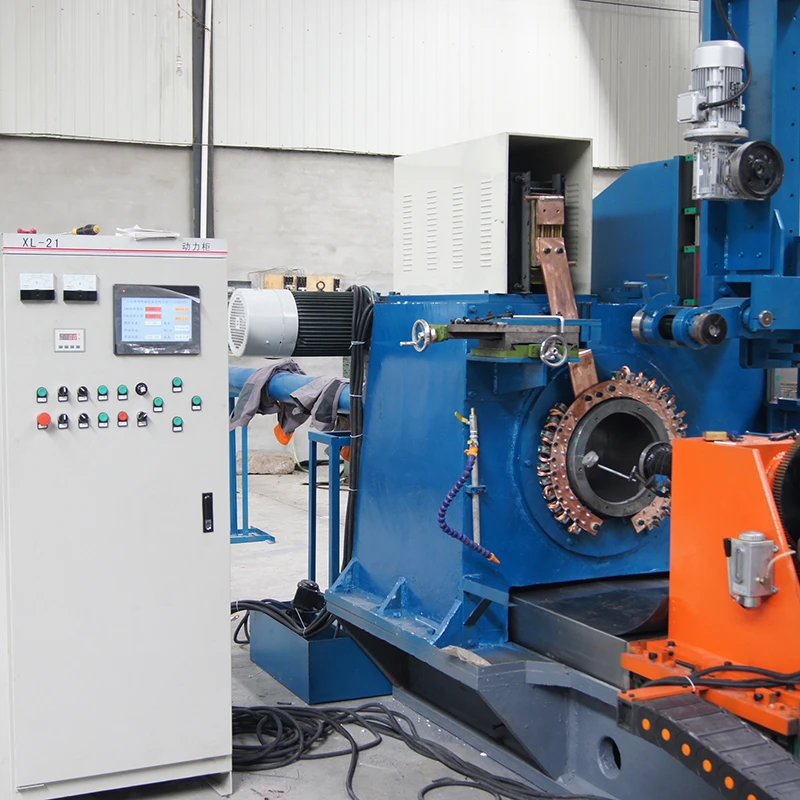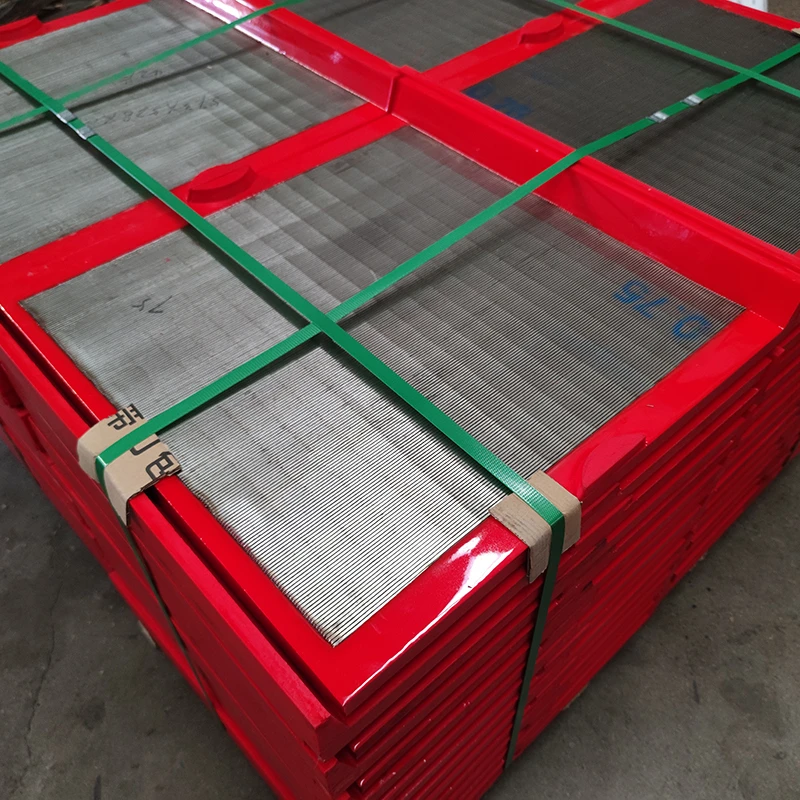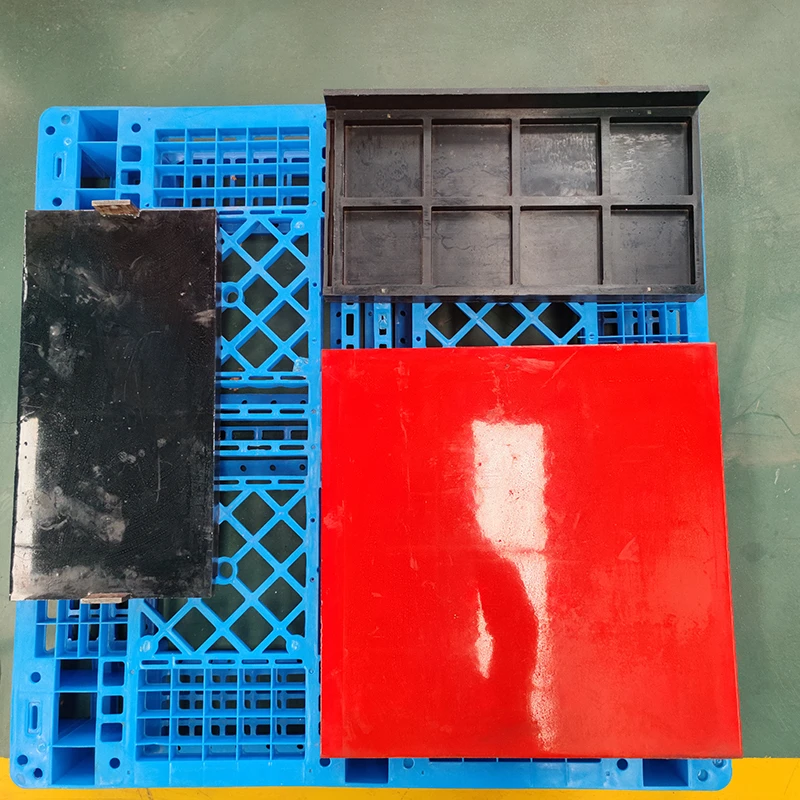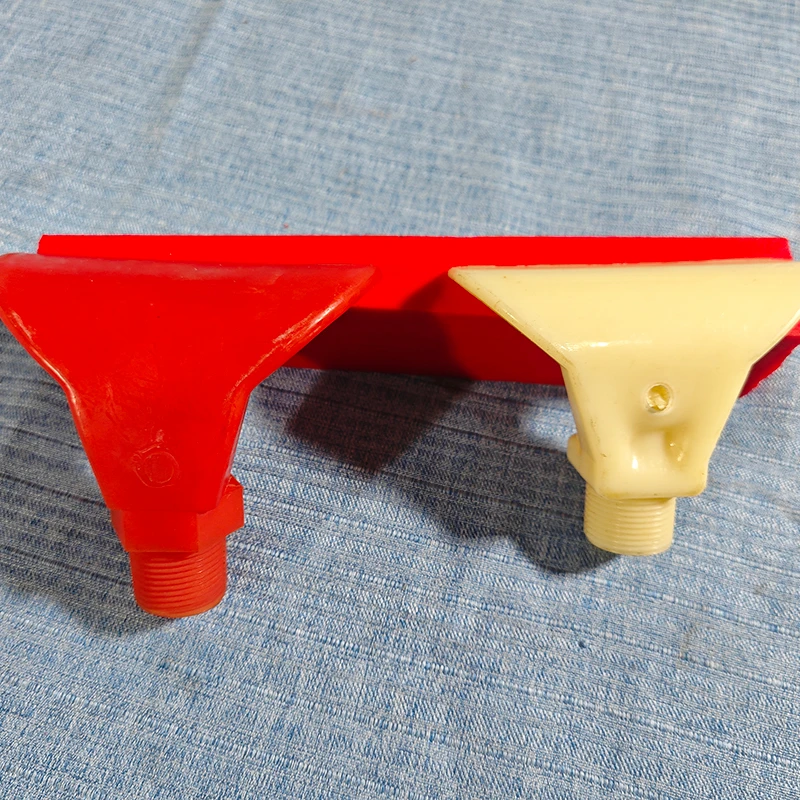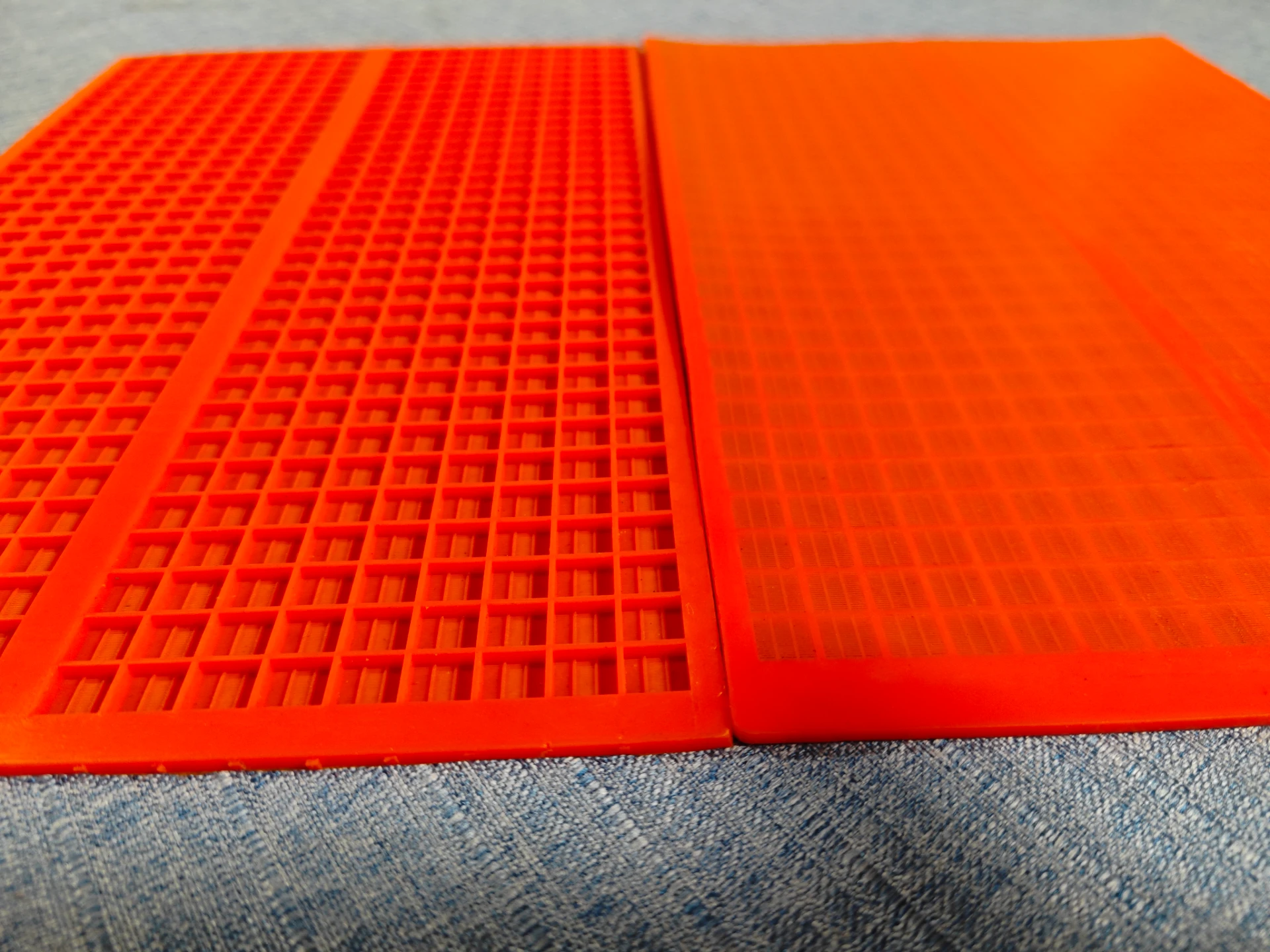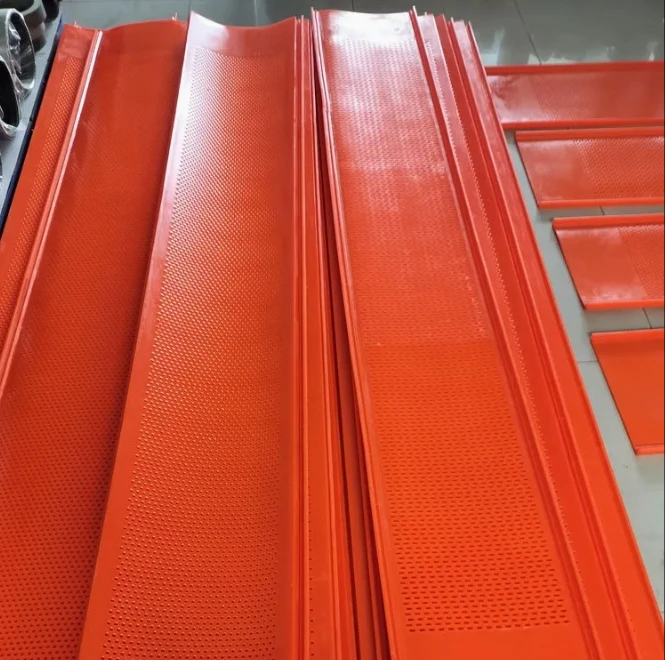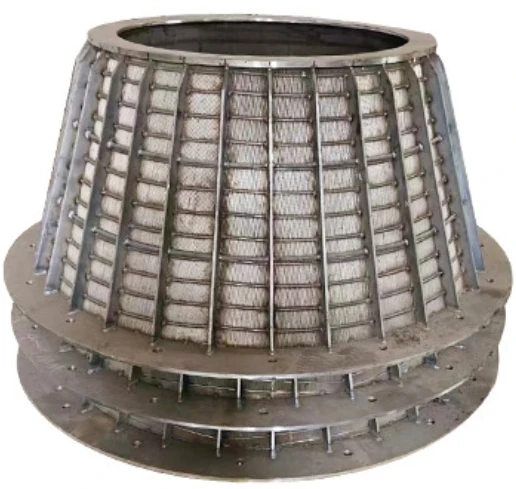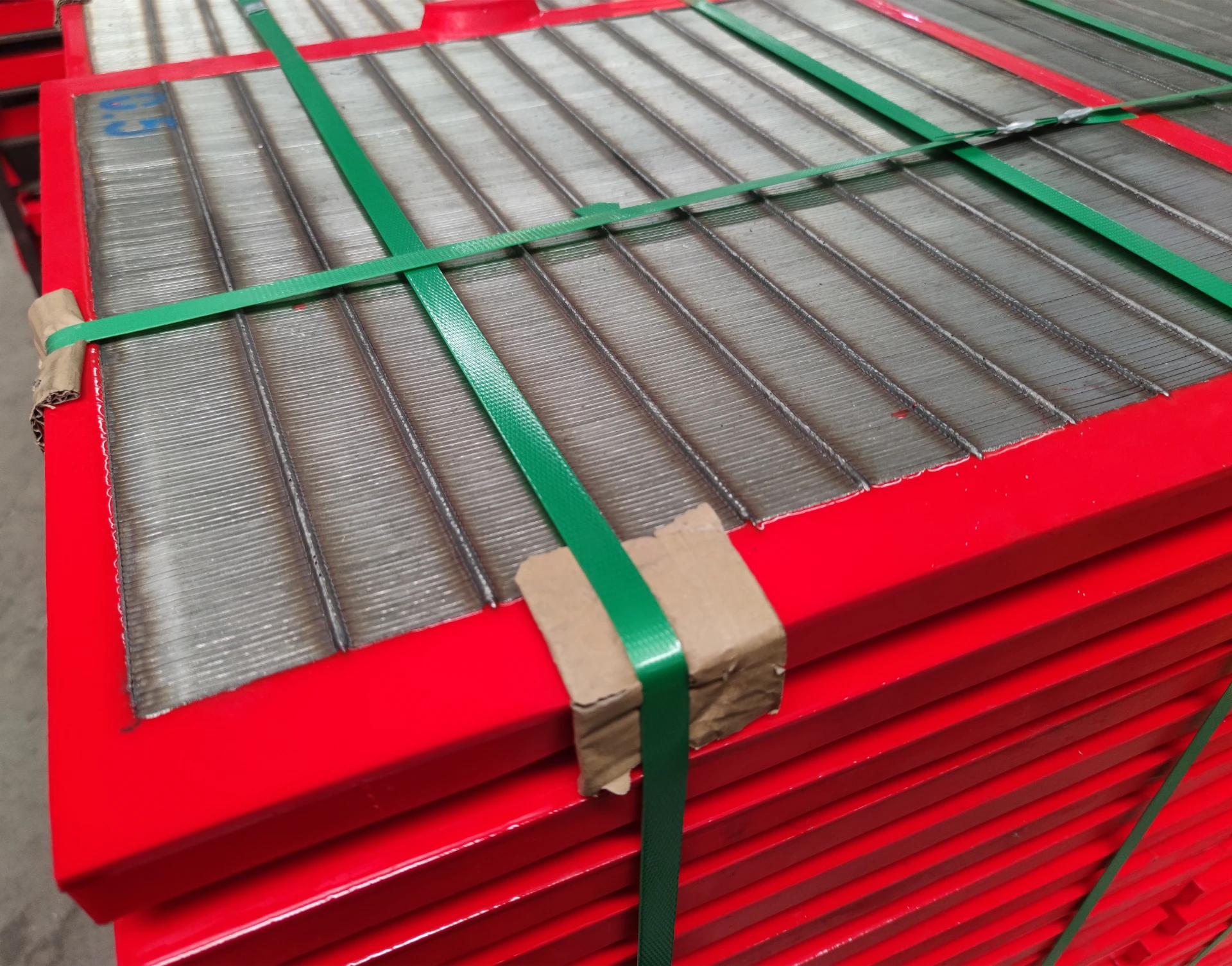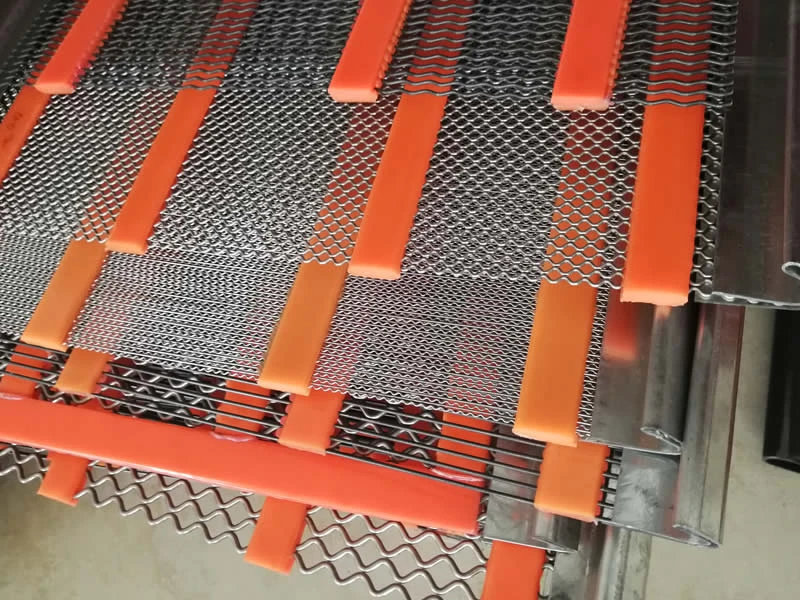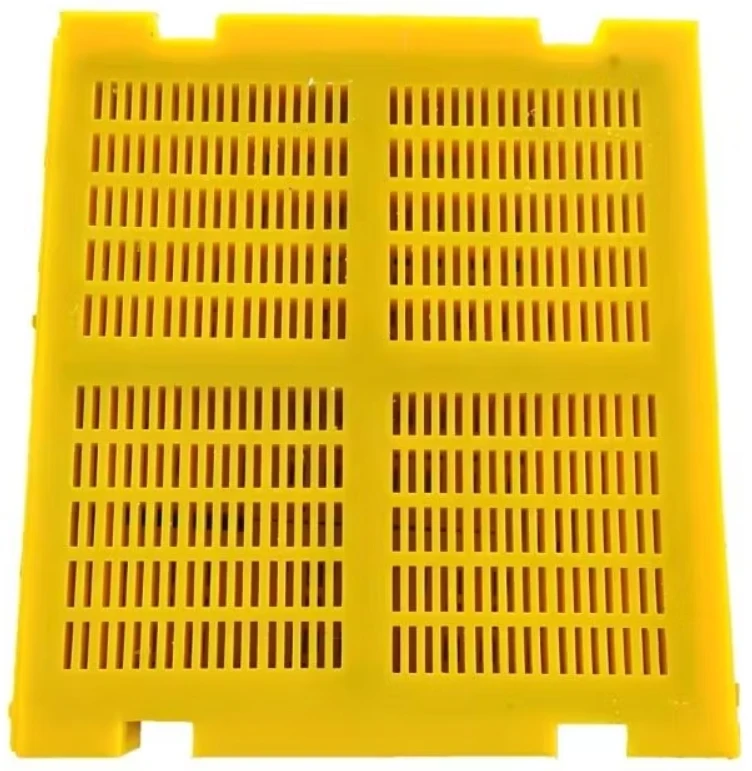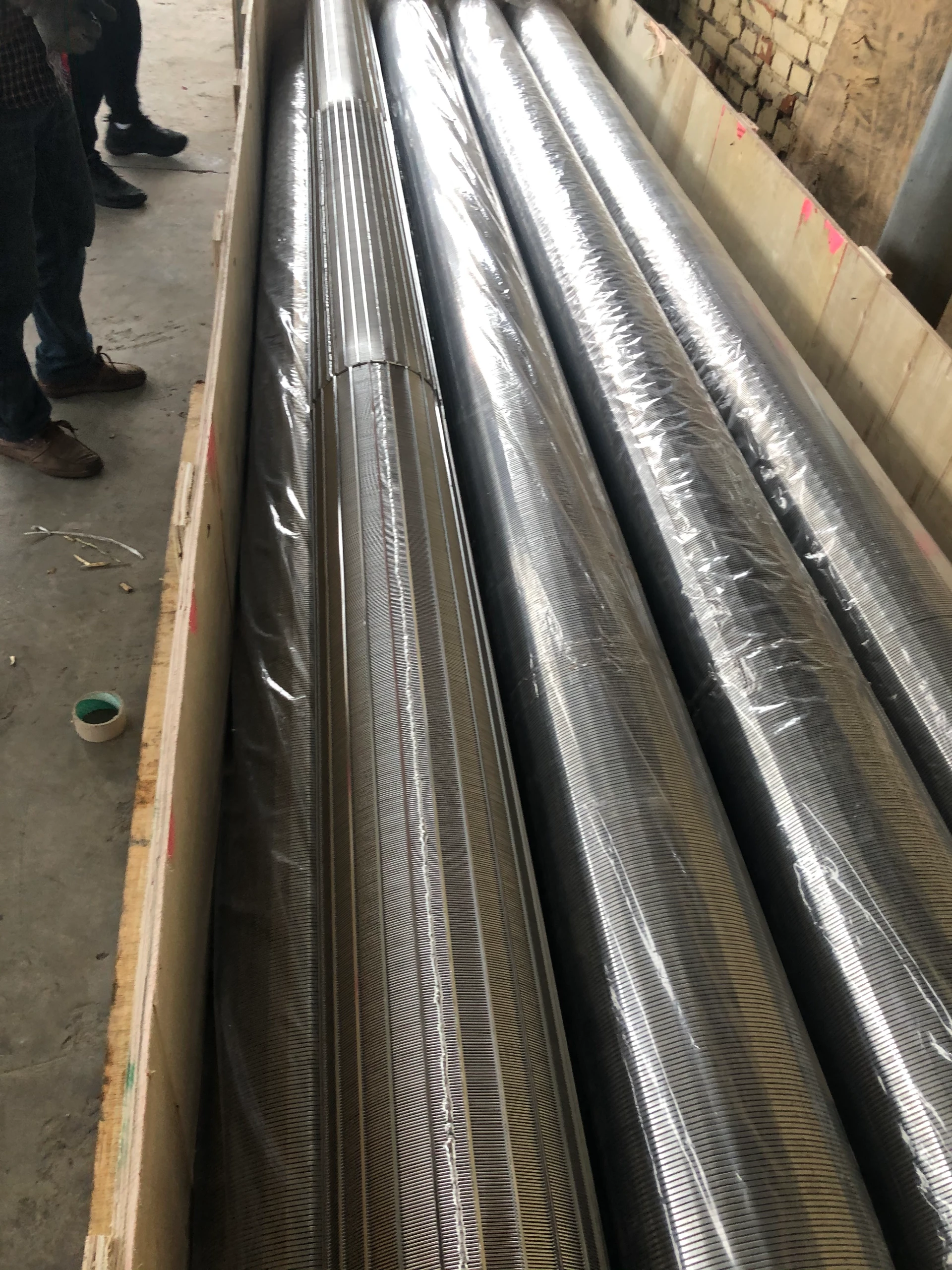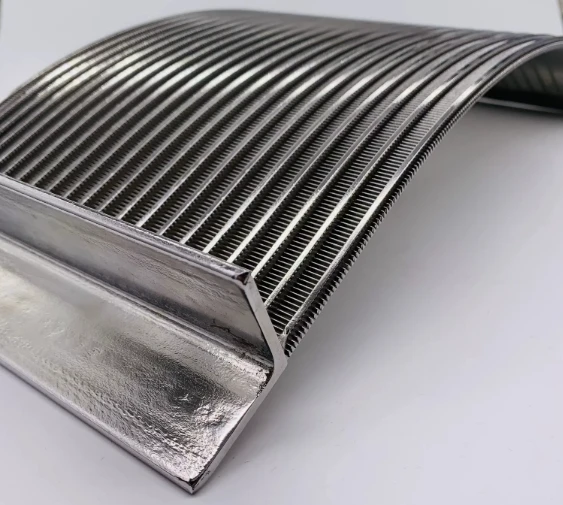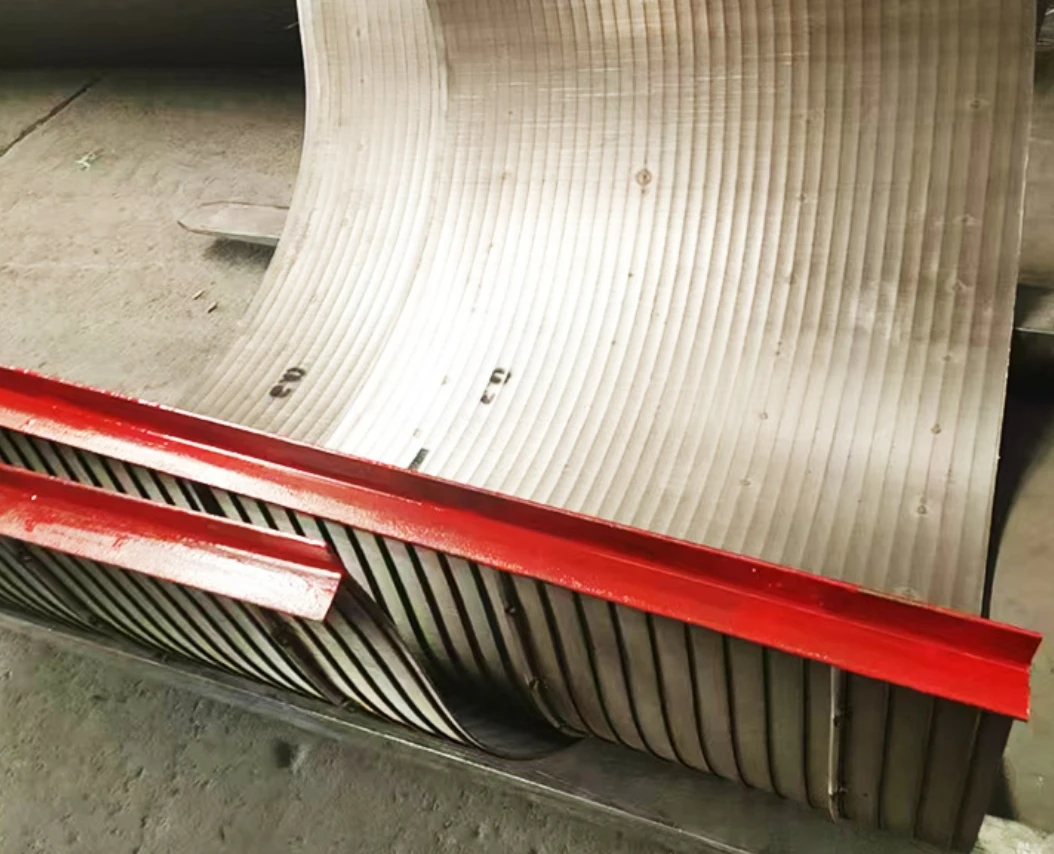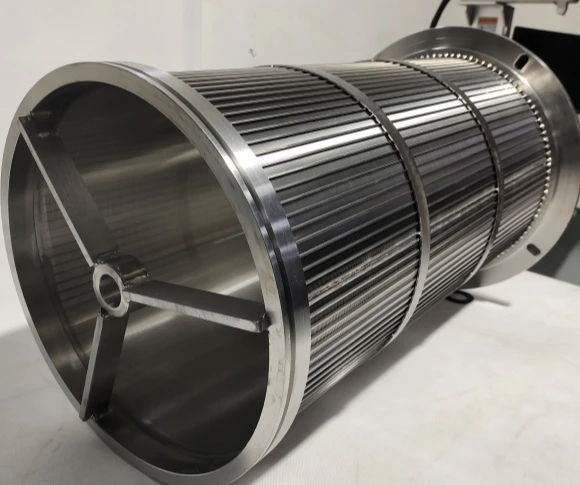- Understanding the Coanda Screen Mechanism
- Technical Advantages Over Traditional Screens
- Leading Coanda Screen Manufacturers Compared
- Custom Solutions for Diverse Applications
- Cost Analysis: Coanda Screen Price Factors
- Installation & Maintenance Best Practices
- Future Trends in Coanda Screen Technology
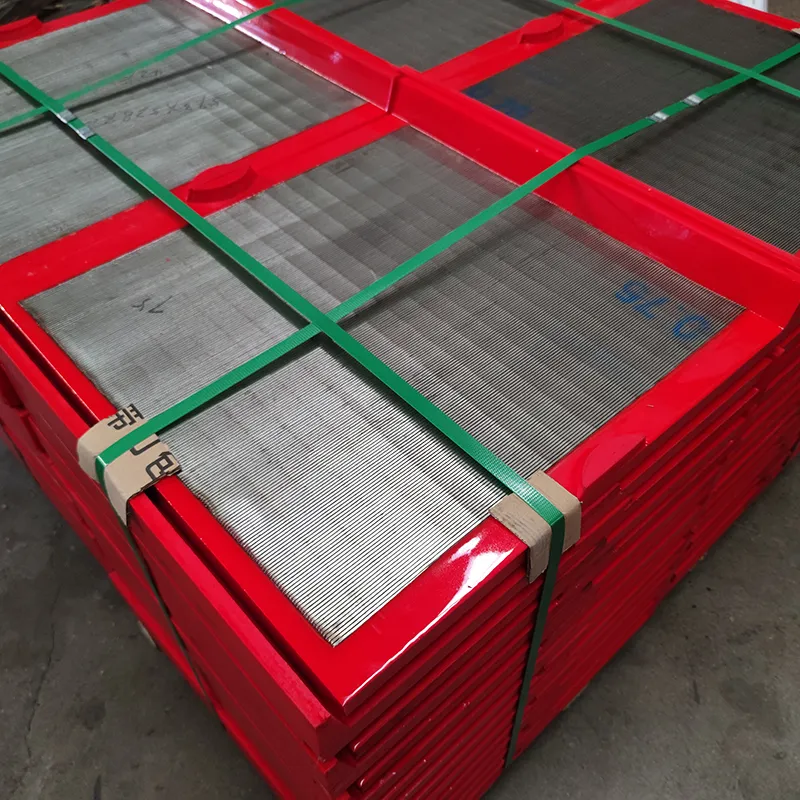
(coanda screen)
Unlocking Efficiency with Coanda Screen Innovation
The Coanda screen leverages fluid dynamics to achieve 35% higher debris separation efficiency than traditional wedge wire screens. Recent field tests demonstrate a 92% reduction in clogging incidents across 18 months of continuous operation in municipal water treatment plants. This passive filtration system requires 40% less energy while maintaining flow rates of 2.5–4.0 m³/s, making it ideal for gravity-fed systems.
Technical Superiority in Fluid Management
Key performance metrics:
- Self-cleaning capability: 98% automatic particle ejection
- Hydraulic capacity: 50–2,000 LPS per meter width
- Head loss: <15 cm at peak flow conditions
Unlike static screens, the curved profile creates controlled vortices that prevent biofilm accumulation. Third-party testing confirms 99.8% capture rate for particles >2mm without backwashing requirements.
Manufacturer Comparison Table
| Manufacturer | Flow Capacity (LPS/m) | Material Grade | Price Range (USD/m) | Customization |
|---|---|---|---|---|
| HydroFlow Systems | 1,200–1,800 | 316L Stainless | $850–$1,200 | Full |
| AquaMesh Solutions | 800–1,500 | Duplex 2205 | $1,100–$1,450 | Partial |
| FlowTek Industries | 500–2,000 | 304 Stainless | $700–$950 | Modular |
Tailored Engineering Approaches
Custom Coanda screen intake configurations address specific challenges:
- High-sediment environments: 20° curvature modification
- Marine applications: Super duplex construction
- Low-head systems: 8mm bar spacing optimization
A recent mining project achieved 99.4% silt removal using a 45° inclined configuration with 6mm gaps, processing 12,000 m³/day without mechanical intervention.
Economic Considerations
Typical Coanda screen price components:
- Material: 55–65% of total cost
- Fabrication: 20–30%
- Installation: 10–15%
Lifecycle cost analysis shows 7-year savings of $38/m² compared to drum screens, with payback periods under 18 months for high-usage installations.
Operational Optimization Strategies
Maintenance protocols:
| Activity | Frequency | Cost (USD/yr) |
|---|---|---|
| Visual inspection | Monthly | $120–$180 |
| Pressure washing | Biannual | $400–$600 |
| Structural audit | Triennial | $1,200–$1,800 |
Coanda Screen Evolution in Water Infrastructure
Emerging designs integrate IoT sensors for real-time performance monitoring, with pilot installations showing 22% efficiency gains through adaptive gap adjustment. The global market for advanced filtration screens is projected to reach $2.8 billion by 2028, driven by demand for sustainable water management solutions that combine Coanda screen reliability with smart system integration.
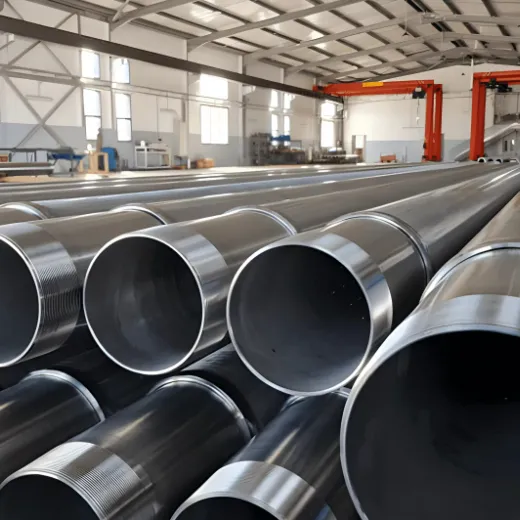
(coanda screen)
FAQS on coanda screen
Q: What is a Coanda Screen and how does it work?
A: A Coanda Screen is a passive debris removal system that uses the Coanda effect to divert water while trapping debris. Water flows over curved stainless steel plates, while debris is separated and carried away. It requires no moving parts or external power.
Q: Where are Coanda Screen intakes commonly used?
A: Coanda Screen intakes are ideal for hydropower plants, irrigation systems, and water treatment facilities. They prevent debris buildup in waterways and ensure efficient water flow. Their design minimizes operational disruptions and maintenance costs.
Q: Who are reputable Coanda Screen manufacturers?
A: Leading Coanda Screen manufacturers include Rentar Environmental Solutions, Hydrotec Technologies, and Clean Water Screens, Inc. These companies offer customized designs and comply with international water quality standards. Many provide global shipping and installation support.
Q: What factors influence Coanda Screen pricing?
A: Coanda Screen price depends on size, material grade (e.g., stainless steel), and customization needs. Bulk orders or modular systems may reduce per-unit costs. Manufacturers often provide quotes based on site-specific hydraulic requirements.
Q: How do Coanda Screens compare to traditional screening methods?
A: Coanda Screens require less maintenance than rotary or bar screens due to no moving parts. They achieve higher debris removal efficiency (up to 95%) with minimal head loss. Their eco-friendly operation also reduces environmental impact compared to motorized alternatives.

